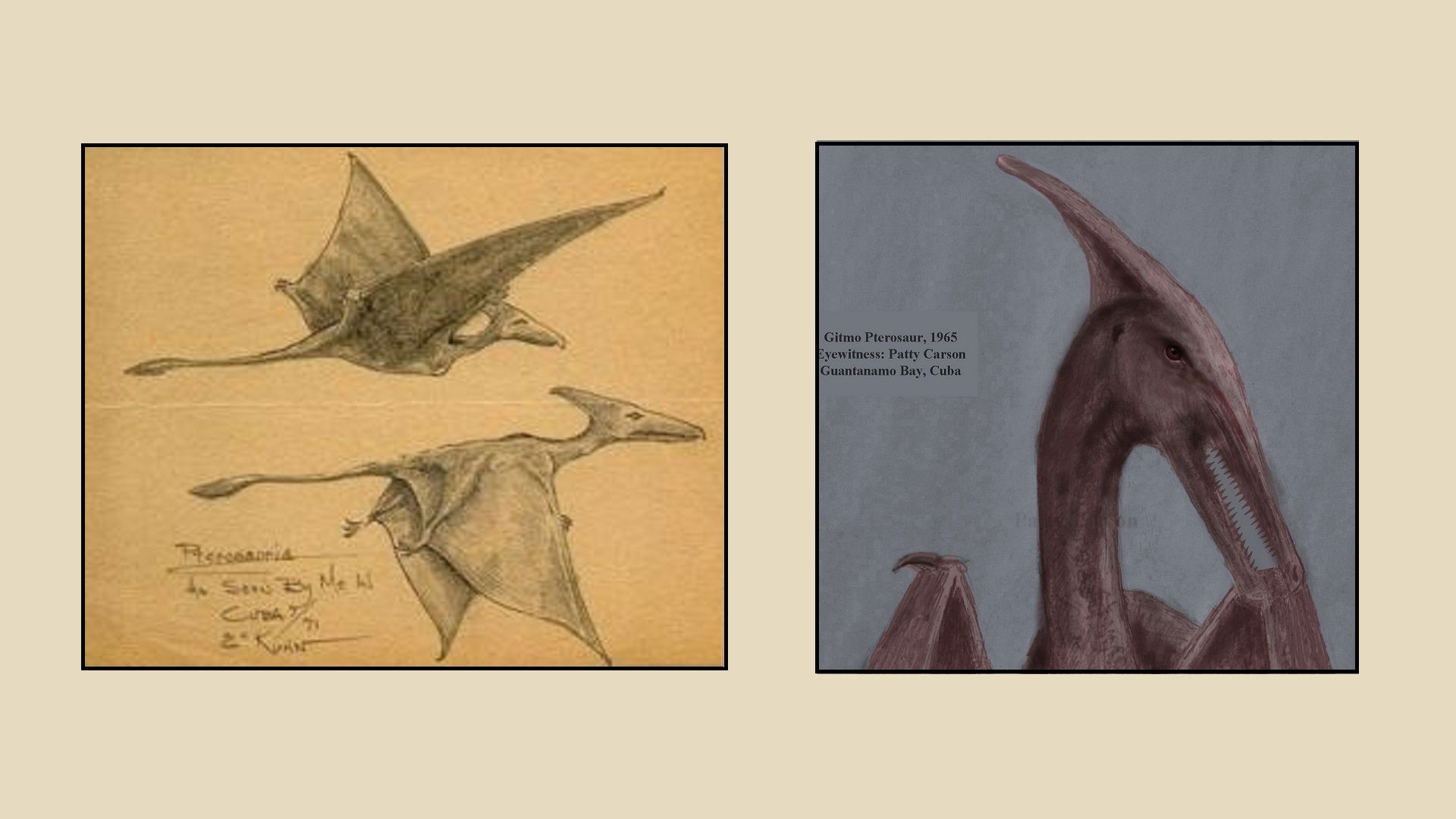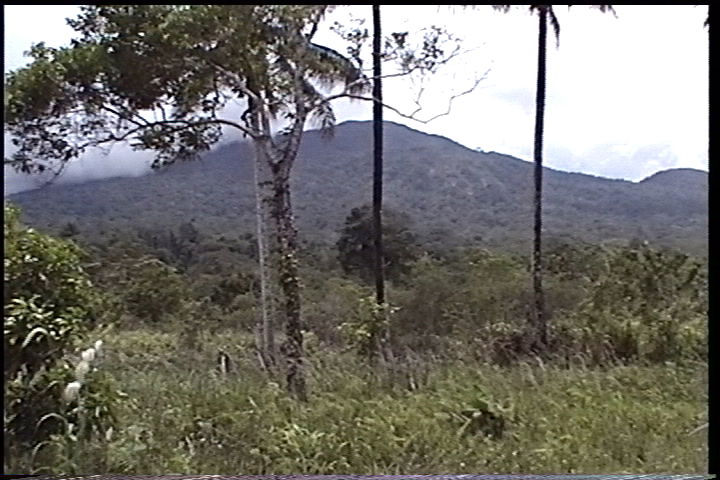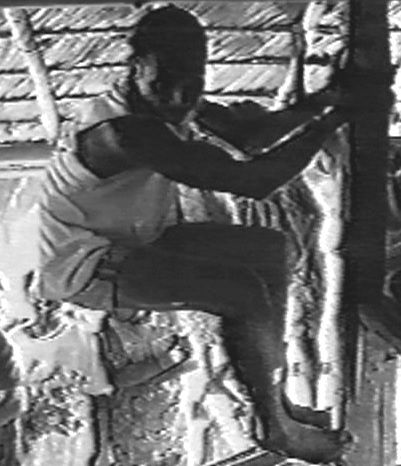How can a Pterosaur be Still Living yet Undiscovered?

By Jonathan Whitcomb (contact)
With all the scientific discoveries of animal species over the past two centuries or so, we can be tempted to assume that all the big ones have been found and classified in Western science; with all the scientists who assume all dinosaurs and pterosaurs became extinct long ago, we can be tempted to assume that must be true or they would have found and classified any dinosaur or pterosaur species that avoided extinction. Let's look at the case for modern living pterosaurs, based upon eyewitness testimonies from around the world.
Yet I begin by examining human culture, later mentioning animal discovery.
Strengths and Weaknesses in Human Cultures
We can easily perceive a strength in our own culture or a weakness in a culture of a different society. How difficult it is for us to see and understand a weakness in our own! If you were raised in a Western culture (as an American, I was), I now invite you to take a cultural trip with me and see what can be discovered.
in 2004, I led a two-week expedition on Umboi Island in Papua New Guinea. Before leaving the United States for the southwest Pacific, however, I learned what I could from previous American-led expeditions on this tropical island. All the expeditions I refer to, including my own and those following mine, were in search of the ropen, which we believed and still believe to be a modern pterosaur, and for interviewing eyewitnesses.
When I arrived on Umboi Island with Luke Paina (my native bodyguard and advisor), I already knew something about local traditions, what many Americans would call "native superstitions" I felt it best, in my interviewing natives there, to concentrate on what eyewitnesses had seen rather than on their traditional stories about the ropen.
While on that tropical island in 2004, I never saw anything like a modern pterosaur or anything that could have been the nocturnal ropen. I did witness a small boy climb up a coconut tree; that's a common activity, I suppose, for the native boys. One hot day, a native man (Jonah Jim) climbed a coconut tree and brought me a coconut, slicing it open so that I could enjoy a refreshing beverage.

Jonah Jim in a coconut tree (hard to see him)
In preparing for my expedition, I was impressed with amateur video footage of Umboi natives, including two men who reported their surprise when they encountered a ropen. The winged animal held onto the trunk of a tree, and those two men demonstrated that behavior by grabbing the pillar of a hut. It was a very similar posture to that of a native boy climbing a coconut tree.

One of two eyewitnesses of a ropen on a tree trunk
Obviously that can be used, by cryptozoologists, as evidence that the featherless ropen is not a flying fox fruit bat, for those flying creatures hold themselves upside down from tree branches, not upright on tree trunks.
The point for now, however, is this: One of the native superstitions about the ropen is that it can transform itself. Sometimes it is like a flying creature; sometimes it is like a snake; sometimes it is like a man. I suggest the idea that the ropen is sometimes like a man may have come from somebody observing it clinging to a tree trunk, like boys and men do when they climb a coconut tree. That would certainly remind a native of how a man climbs a coconut tree.
Why would a native legend include the idea that the ropen could sometimes be a snake? It's the long tail, reported by some native eyewitnesses.
But how does all that relate to strengths and weaknesses in ideas and assumptions of a human culture? When a Westerner hears about that transformation superstition about a flying creature of the night that can change itself into a man and at another time change itself into a snake, it's obvious to that Westerner: The natives are wrong in thinking such biological transformations ever take place. And that Westerner would be perfectly correct. That shows a strength in Western culture and a weakness in the culture of those natives of Umboi Island.
Yet that would be only one small drop in a world of human cultural beliefs and ways of thinking. Let's look at the broad landscape.
No American man would climb to the top of a coconut tree, shout to the world about his superiority over superstitious natives because of the success of the Wright Brothers, then jump out of the top of that tree, expecting to evolve wings before hitting the ground. How could any American be so foolish? So why do so many Americans do just that and ALL THE TIME? I speak symbolically of course.
In all fairness to those Americans, they may have heard false generalizations about dinosaur and pterosaur extinction most of their lives; in all fairness to natives of Umboi island, they may have heard superstitious ropen stories most of their lives.
In truth, the work of the Wright Brothers gave humanity the ability to fly, but it did not transform people into birds; in truth, natives of Umboi Island may witness the miraculous transformation of a caterpillar into two other forms, but that does not give the ropen the ability to transform itself into two other forms: a man and a snake.
So how do Americans jump out of coconut trees? Some of them learn about the idea that pterosaurs live in the southwest Pacific and that natives report seeing them. Westerners often assume that natives are superstitious (which is often the case in certain native cultural weaknesses). Unfortunately, Westerners can easily assume that anything that natives report that suggests any pterosaur is still living must be from native superstition. Few Americans understand what a huge blunder that can be.
This requires more explaining.
No native of Umboi Island has ever seen a ropen change into a man or into a snake or back into a ropen. A relative few natives have seen a ropen in various situations, some of which remind the eyewitness of how a snake looks or how a man behaves. If we examine each native report of what he or she observed, we might learn important truth about that flying creature. It's just the legendary conclusions that are incorrect.
No Western scientist has ever seen the extinction of any species of pterosaur. Some paleontologists, relatively few of all the scientists, have examined certain pterosaur fossils. Examining each report, much important truth can be learned about the particular species that left those fossils. Now look deeper.
No fossil or group of fossils ever examined by any paleontologist or group of paleontologists can lead to anything remotely close to a sure conclusion about extinctions of all species of pterosaurs that ever lived. In fact, that kind of thinking is more like a superstition than like scientific reasoning.
Is that kind of blunder by a few paleontologists, the few who have learned about living-pterosaur investigations and rejected them, worse than the superstition of natives of Umboi Island, regarding ropen transformation? Yes, and it is much worse.
Weakness in the Thinking of a few Paleontologists
Keep in mind that these may be very few paleontologists compared with all of them. Yet they appear to be not just ignorant of the countless thousands of hours that my associates and I have devoted to eyewitness sighting reports but ignorant of the potential confirmation bias that Westerners can so easily fall into.
The universal extinction of all species of pterosaurs that ever lived—that greatly resembles a superstition, at least. The history of how it gradually evolved in the minds of paleontologists, however, is to deep a subject to cover here. Suffice it to say that those scientists were probably ignorant of the many hundreds of thousands of sightings that eyewitnesses have had of modern pterosaurs over the past two centuries. That is a subject of cryptozoology, and few paleontologists have much skill in cryptozoology, to say the least.
###
.
"The popular textbook declaration that all species [of pterosaurs] became extinct millions of years ago, universal pterosaur extinction—that concept itself is approaching extinction.” Jonathan Whitcomb
.
In Papua New Guinea, the tropical island of Umboi, according to the cryptozoologists who have explored there, is home to the pterosaur-like creature called "ropen."
.
If you leave this site disbelieving in living pterosaurs . . . know that some people do believe in living pterosaurs: Intelligent, educated people can disbelieve in total extinction of pterosaurs.
.
Youtube video "Modern Pterosaurs in a Scientific Paper"
.
Do pterosaurs still live? Are they extant, even in the 21st century? Don’t rush to any conclusion; get the facts, then judge credibility.
.
Next year will be the 50th anniversary of two sightings of ropens: at Guantanamo Bay, Cuba, and on Bougainville Island, New Guinea, both in daylight in 1971.
.



